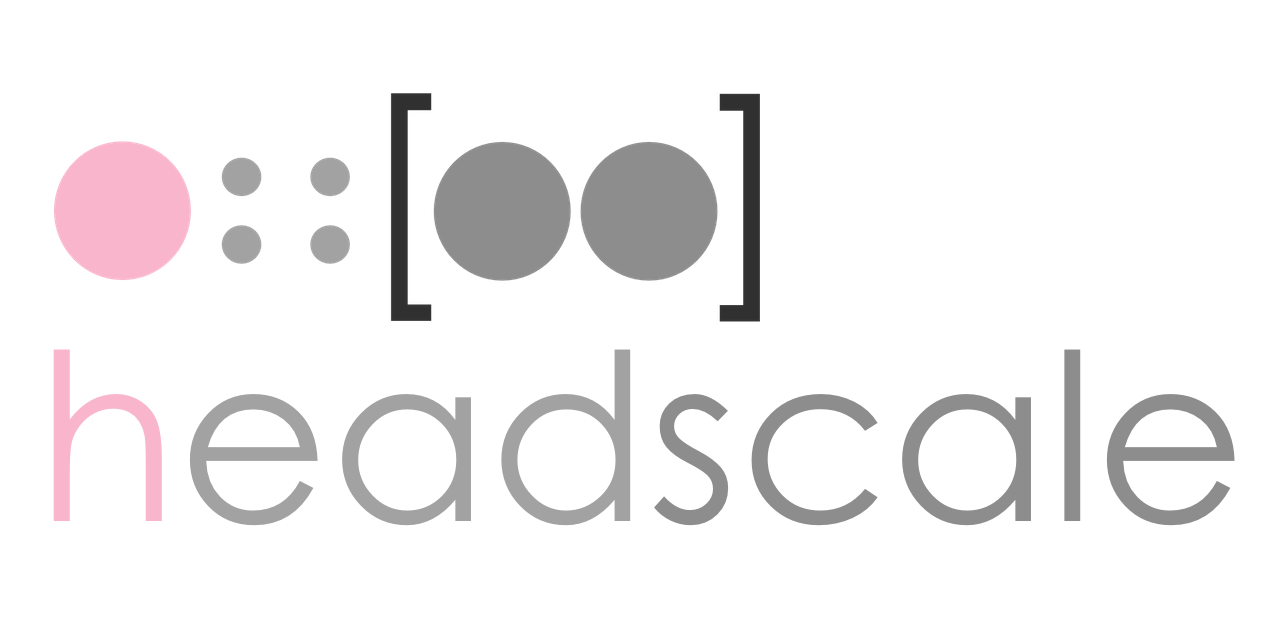currently, the policy approach node to user matching with a quite naive approach looking at the username provided in the policy and matched it with the username on the nodes. This worked ok as long as usernames were unique and did not change. As usernames are no longer guarenteed to be unique in an OIDC environment we cant rely on this. This changes the mechanism that matches the user string (now user token) with nodes: - first find all potential users by looking up: - database ID - provider ID (OIDC) - username/email If more than one user is matching, then the query is rejected, and zero matching nodes are returned. When a single user is found, the node is matched against the User database ID, which are also present on the actual node. This means that from this commit, users can use the following to identify users in the policy: - provider identity (iss + sub) - username - email - database id There are more changes coming to this, so it is not recommended to start using any of these new abilities, with the exception of email, which will not change since it includes an @. Signed-off-by: Kristoffer Dalby <kristoffer@tailscale.com> |
||
|---|---|---|
| .github | ||
| cmd | ||
| docs | ||
| gen | ||
| hscontrol | ||
| integration | ||
| proto | ||
| .coderabbit.yaml | ||
| .dockerignore | ||
| .envrc | ||
| .gitignore | ||
| .golangci.yaml | ||
| .goreleaser.yml | ||
| .prettierignore | ||
| buf.gen.yaml | ||
| CHANGELOG.md | ||
| CODE_OF_CONDUCT.md | ||
| config-example.yaml | ||
| CONTRIBUTING.md | ||
| derp-example.yaml | ||
| Dockerfile.debug | ||
| Dockerfile.tailscale-HEAD | ||
| flake.lock | ||
| flake.nix | ||
| go.mod | ||
| go.sum | ||
| LICENSE | ||
| Makefile | ||
| mkdocs.yml | ||
| README.md | ||
| swagger.go | ||
An open source, self-hosted implementation of the Tailscale control server.
Join our Discord server for a chat.
Note: Always select the same GitHub tag as the released version you use
to ensure you have the correct example configuration and documentation.
The main branch might contain unreleased changes.
What is Tailscale
Tailscale is a modern VPN built on top of Wireguard. It works like an overlay network between the computers of your networks - using NAT traversal.
Everything in Tailscale is Open Source, except the GUI clients for proprietary OS (Windows and macOS/iOS), and the control server.
The control server works as an exchange point of Wireguard public keys for the nodes in the Tailscale network. It assigns the IP addresses of the clients, creates the boundaries between each user, enables sharing machines between users, and exposes the advertised routes of your nodes.
A Tailscale network (tailnet) is private network which Tailscale assigns to a user in terms of private users or an organisation.
Design goal
Headscale aims to implement a self-hosted, open source alternative to the Tailscale control server. Headscale's goal is to provide self-hosters and hobbyists with an open-source server they can use for their projects and labs. It implements a narrow scope, a single Tailnet, suitable for a personal use, or a small open-source organisation.
Supporting Headscale
If you like headscale and find it useful, there is a sponsorship and donation
buttons available in the repo.
Features
Please see "Features" in the documentation.
Client OS support
Please see "Client and operating system support" in the documentation.
Running headscale
Please note that we do not support nor encourage the use of reverse proxies and container to run Headscale.
Please have a look at the documentation.
Talks
- Fosdem 2023 (video): Headscale: How we are using integration testing to reimplement Tailscale
- presented by Juan Font Alonso and Kristoffer Dalby
Disclaimer
This project is not associated with Tailscale Inc.
However, one of the active maintainers for Headscale is employed by Tailscale and he is allowed to spend work hours contributing to the project. Contributions from this maintainer are reviewed by other maintainers.
The maintainers work together on setting the direction for the project. The underlying principle is to serve the community of self-hosters, enthusiasts and hobbyists - while having a sustainable project.
Contributing
Please read the CONTRIBUTING.md file.
Requirements
To contribute to headscale you would need the latest version of Go and Buf (Protobuf generator).
We recommend using Nix to setup a development environment. This can
be done with nix develop, which will install the tools and give you a shell.
This guarantees that you will have the same dev env as headscale maintainers.
Code style
To ensure we have some consistency with a growing number of contributions, this project has adopted linting and style/formatting rules:
The Go code is linted with golangci-lint and
formatted with golines (width 88) and
gofumpt.
Please configure your editor to run the tools while developing and make sure to
run make lint and make fmt before committing any code.
The Proto code is linted with buf and
formatted with clang-format.
The rest (Markdown, YAML, etc) is formatted with prettier.
Check out the .golangci.yaml and Makefile to see the specific configuration.
Install development tools
- Go
- Buf
- Protobuf tools
Install and activate:
nix develop
Testing and building
Some parts of the project require the generation of Go code from Protobuf
(if changes are made in proto/) and it must be (re-)generated with:
make generate
Note: Please check in changes from gen/ in a separate commit to make it easier to review.
To run the tests:
make test
To build the program:
nix build
or
make build
Contributors
Made with contrib.rocks.
